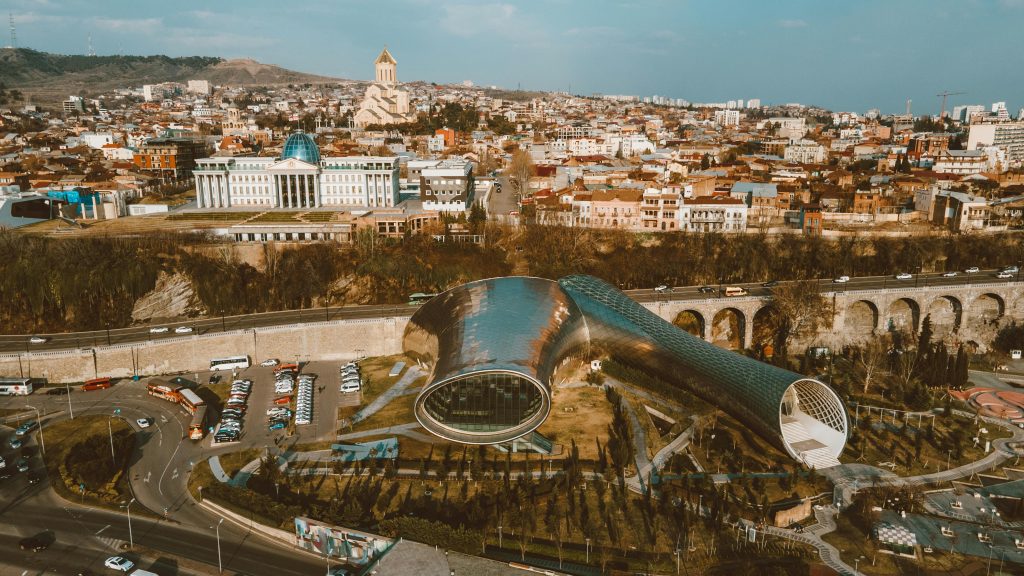Urbanization is a global phenomenon reshaping landscapes and lifestyles. As cities expand to accommodate growing populations and economic activities, the concept of sustainable urban development has emerged as a critical framework for ensuring cities thrive economically, socially, and environmentally. This article explores the principles, challenges, strategies, and benefits of sustainable urban development, highlighting its importance in fostering resilient and livable cities.

Understanding Sustainable Urban Development
Sustainable urban development aims to meet the needs of present and future generations while ensuring environmental, economic, and social sustainability. It involves planning, designing, and managing urban spaces in ways that minimize negative impacts on natural resources, reduce pollution, and enhance quality of life for residents.
1. Principles of Sustainable Urban Development
Key principles include:
- Integrated Planning: Coordinated planning across sectors such as transportation, housing, energy, and water management to optimize resource use and minimize environmental impact.
- Compact and Efficient Land Use: Promoting mixed-use developments, higher-density housing, and compact urban forms to reduce sprawl, preserve green spaces, and promote walkability and public transit.
- Environmental Protection: Protecting and restoring natural ecosystems, managing water resources sustainably, and reducing air and water pollution through green infrastructure and eco-friendly technologies.
2. Challenges in Sustainable Urban Development
Challenges include:
- Infrastructure Deficits: Aging infrastructure and inadequate public services pose challenges to sustainable growth and equitable development.
- Social Inequities: Disparities in access to affordable housing, healthcare, education, and transportation contribute to social exclusion and urban sprawl.
- Climate Change Resilience: Cities face increasing risks from climate change impacts such as extreme weather events, sea-level rise, and heatwaves, requiring adaptive strategies and resilient infrastructure.

3. Strategies for Achieving Sustainable Urban Development
Effective strategies include:
- Green Building Standards: Promoting energy-efficient and environmentally friendly building practices through green building codes and certifications like LEED (Leadership in Energy and Environmental Design).
- Public Transit and Active Transportation: Investing in public transit systems, cycling infrastructure, and pedestrian-friendly streets to reduce reliance on cars and promote sustainable mobility options.
- Community Engagement: Engaging residents, businesses, and stakeholders in urban planning processes to ensure inclusivity, transparency, and support for sustainable initiatives.
4. Benefits of Sustainable Urban Development
The benefits include:
- Improved Quality of Life: Access to green spaces, clean air, and efficient public services enhances residents’ well-being and health outcomes.
- Economic Growth: Sustainable practices attract businesses, spur innovation in green technologies, and create job opportunities in sectors like renewable energy and green construction.
- Environmental Preservation: Reducing carbon emissions, preserving biodiversity, and conserving natural resources contribute to global efforts in climate change mitigation and adaptation.
5. Case Studies and Examples
Examples of cities implementing sustainable urban development practices:
- Curitiba, Brazil: Known for its integrated public transportation system and green urban planning initiatives, Curitiba has prioritized sustainability in urban development.
- Copenhagen, Denmark: A leader in sustainable transportation and renewable energy, Copenhagen aims to become carbon neutral by 2025 through aggressive climate action plans.

Conclusion
In conclusion, sustainable urban development is essential for building resilient, livable cities capable of meeting the challenges of the 21st century. By adopting integrated planning approaches, leveraging green technologies, and fostering community engagement, cities can achieve economic prosperity while safeguarding the environment and improving quality of life for all residents. Embracing sustainability today ensures cities are prepared to thrive in a rapidly urbanizing world tomorrow.